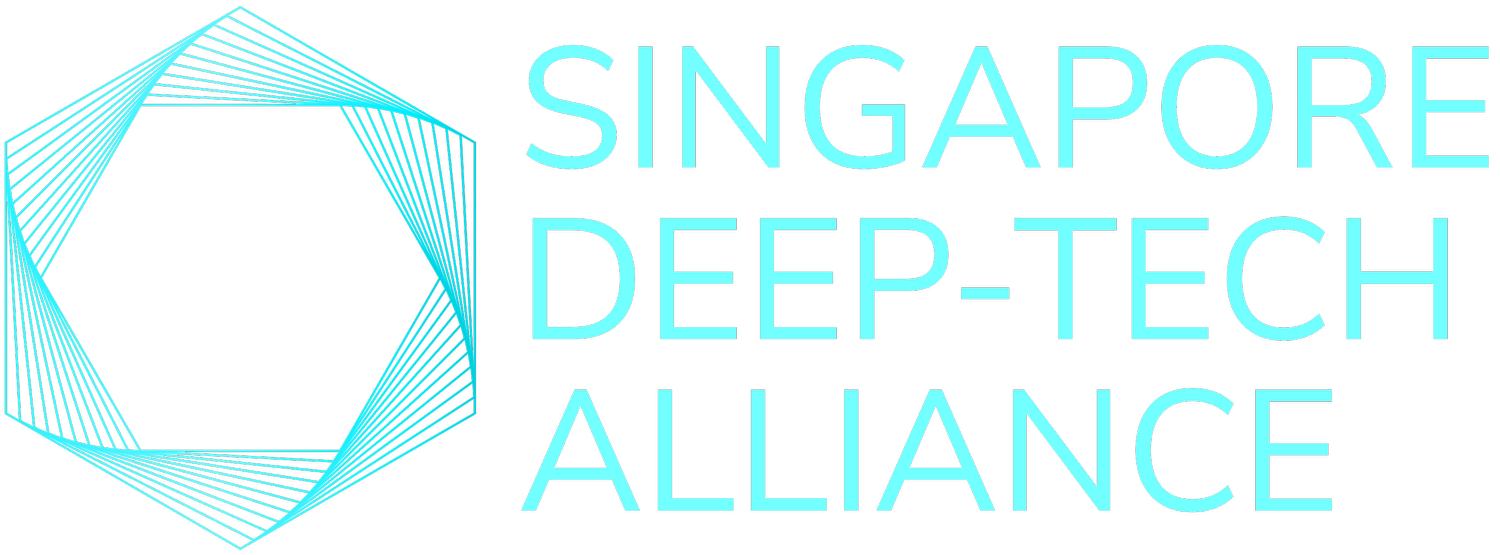
Technology
Brain Computer Interface for Pain management
-
A novel non-drug, non-invasive and objective system to identify pain signature by correlating the electroencephalogram (EEG) signal to pain episodes. By analysing EEG patterns, the Brain Computer Interface (BCI) can detect pain and treat it effectively through therapy such as using joint attention and pain neuromatrix monitoring and stimulation.
The solution consists of a device that can be placed on a patient's scalp to measure and manage chronic pain.
-
• Chronic Pain Diagnosis and Management
-
TRL 6
Zuellig Pharma's eZTracker
-
Zuellig Pharma's eZTracker platform is the first production-grade end-to-end supply chain traceability solution powered by blockchain for pharma in Asia. eZTracker’s multi-cloud and vendor-agnostic architecture has been successfully deployed to combat counterfeit and sales diversions, enhance cold chain monitoring, enable auto-replenishment and demand forecasting, e-labelling, and more.
This solution can be further built on for applications beyond the pharmaceutical industry.
-
• Tracking carbon emissions per parcel
• Tracking livestock health from farm to table
• Tracking counterfeit/fraud in the luxury industry
-
TRL 9
Universal interrogation for Structural Health Monitoring (SHM)
-
Comprising a sensor gateway, backend server platforms and its own proprietary SHM Universal Interrogator, a unique integrated SHM system was developed. It automatically captures, wirelessly transmit, analyse, and visualise the building’s SHM information by interfacing with the different types and configurations of fiber optics-based strain sensors. These sensors can be pre-installed in existing facilities, or newly installed during the construction phase, expanding the SHM system’s deployment flexibility. Compared to conventional labour intensive periodic manual readings, the asset owner or maintenance provider will be able to retrieve timely SHM data for analysis thus enabling quick operational decision making. With reduction in the need of manpower for physical measurements, manpower can be re-deployed for other operational and safety needs.
-
• Assets (ie. buildings, bridges and other critical infrastructure e.g. tunnels, storage tanks, pipelines etc) integrity monitoring
• Facilities management
• Process monitoring
• Civil engineering
• Aerospace, marine and offshore, oil and gas, built environment, etc.
-
TRL 6-7
FBG Sensing for Infrastructure and Asset Integrity Monitoring
-
FBG sensors can be designed and packaged to withstand harsh environments, enabling accurate real-time information of key parameters such as strain, pressure, load, displacement, bending, vibration, temperature etc.
Online monitoring and predictive maintenance for the infrastructure and asset integrity can be achieved through the incorporation of these FBG sensor data with data analytics and machine learning technologies.
This solution enables asset owners to optimise maintenance schedules and reducing asset downtime.
-
• Assets (e.g. boilers, power transformer, switchgear box etc) condition monitoring and predictive maintenance
• Facilities management
• Security and surveillance
• Vital signs monitoring
• Aerospace, marine and offshore, oil and gas, advanced manufacturing, healthcare and built environment
-
TRL 6
Wireless Powered Sensor Node
-
This technology enables wireless powering to sensor nodes, which saves on operating cost and also provides flexibility and freedom in placing nodes at appropriate locations without having to consider accessibility for convenience of battery replacement. This miniaturised antenna solution for radio frequency energy harvesting interfaces has a higher sensitivity compared to commercially available solutions.
-
• Industrial IoT
• Asset and inventory tracking
• Environmental sensing
• Machine health monitoring
• Batteryless sensors
-
TRL 5
Wireless Power Transfer for Mobile Robotics
-
This technology offers high-efficiency wireless powered charging in different applications including mobile robotics and electric vehicles. It allows for the optimisation of wireless charging to suit specific needs, whereby the components related to the power transfer and distance are customisable to suit different uses. In an optimised circumstance, power from the transmitter has up to 90% efficiency.
-
• Charging of mobile robots
• Charging of electric vehicles
• Docking station for healthcare devices
• Energy transfer for unmanned operations
-
TRL 7






